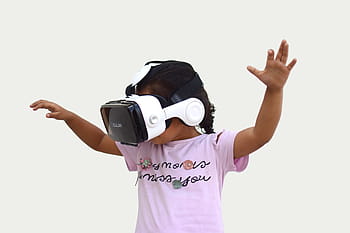Do you ever wonder how augmented reality actually works? Well in this article, we will explore the fascinating world of augmented reality and shed light on its inner workings. You'll discover the definition of augmented reality, its history and evolution, as well as the key components that make it possible.
Get ready to dive into the realm where digital information overlays the real world, and uncover the amazing technologies that make it all possible.
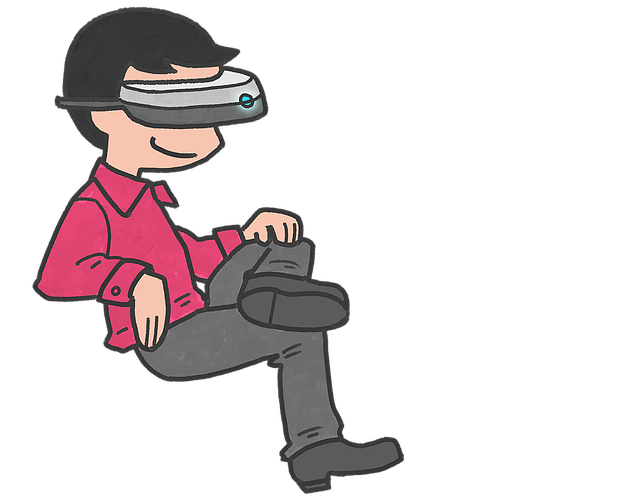 As technology progressed, so did the capabilities of AR. In the 1990s, the first commercial applications of AR started to emerge, primarily in the fields of entertainment and gaming. However, it wasn't until the early 2000s that AR truly began to gain traction. With the advent of smartphones and improved computing power, AR became more accessible to everyday users. Companies started developing AR apps and platforms, allowing users to overlay digital information onto their physical surroundings.
As the technology continues to evolve, AR is being used in various industries, including education, healthcare, retail, and manufacturing. With advancements in hardware and software, AR is becoming more immersive and interactive, providing users with a truly transformative experience.
The future of AR holds immense potential for further innovation and integration into our daily lives.
As technology progressed, so did the capabilities of AR. In the 1990s, the first commercial applications of AR started to emerge, primarily in the fields of entertainment and gaming. However, it wasn't until the early 2000s that AR truly began to gain traction. With the advent of smartphones and improved computing power, AR became more accessible to everyday users. Companies started developing AR apps and platforms, allowing users to overlay digital information onto their physical surroundings.
As the technology continues to evolve, AR is being used in various industries, including education, healthcare, retail, and manufacturing. With advancements in hardware and software, AR is becoming more immersive and interactive, providing users with a truly transformative experience.
The future of AR holds immense potential for further innovation and integration into our daily lives.
 With the right AR tools, you can unlock the full potential of augmented reality and create compelling experiences for your users.
With the right AR tools, you can unlock the full potential of augmented reality and create compelling experiences for your users.

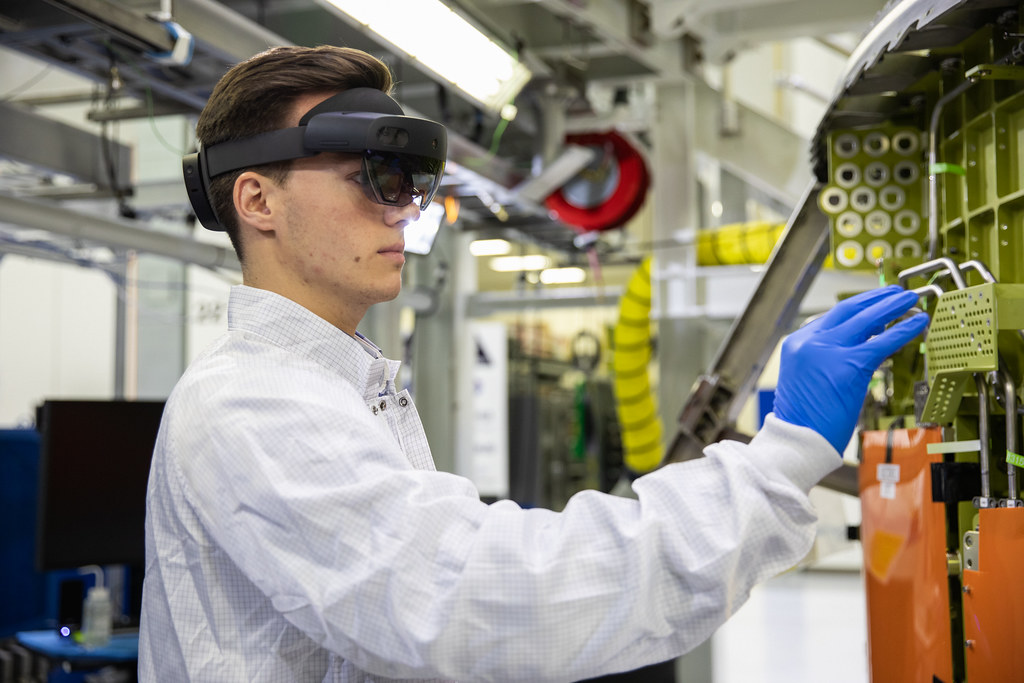
 Whether it's learning complex concepts in science or practicing real-life scenarios in medical training, augmented reality has the potential to revolutionize education and training by providing a more engaging and realistic experience.
Whether it's learning complex concepts in science or practicing real-life scenarios in medical training, augmented reality has the potential to revolutionize education and training by providing a more engaging and realistic experience.
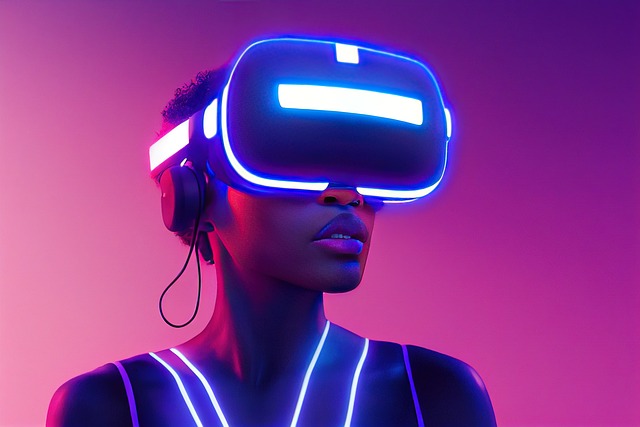 This technology can also assist surgeons during procedures by displaying vital information, such as patient vitals or surgical plans, in their field of view. Furthermore, AR can be used for medical education, allowing students and healthcare professionals to engage in immersive learning experiences.
With augmented reality, the future of healthcare and medicine looks promising, providing innovative solutions for improved patient care and medical training.
This technology can also assist surgeons during procedures by displaying vital information, such as patient vitals or surgical plans, in their field of view. Furthermore, AR can be used for medical education, allowing students and healthcare professionals to engage in immersive learning experiences.
With augmented reality, the future of healthcare and medicine looks promising, providing innovative solutions for improved patient care and medical training.
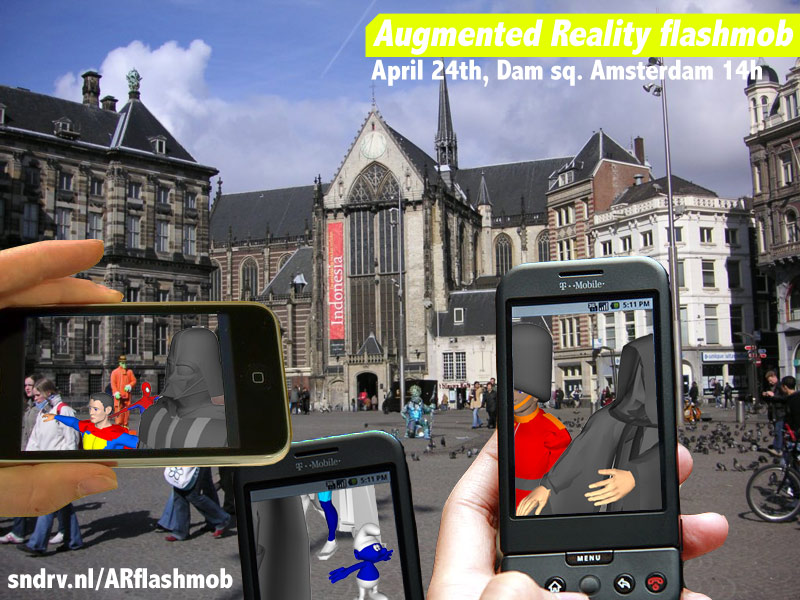 Say goodbye to traditional gaming and get ready for a whole new world of excitement and adventure.
Say goodbye to traditional gaming and get ready for a whole new world of excitement and adventure.
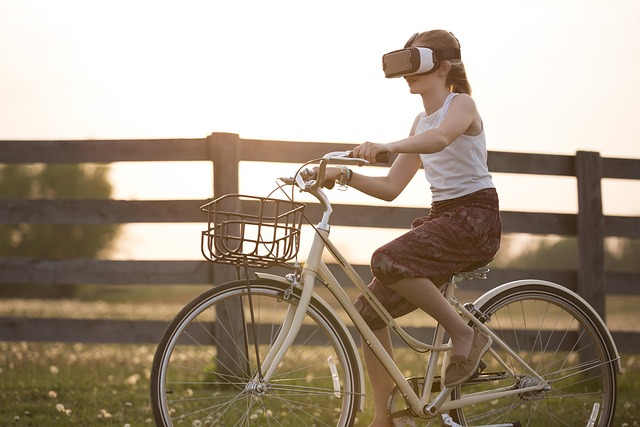 VR, on the other hand, transports you to entirely new worlds, where you can explore, interact, and even create your own adventures. The possibilities are endless with AR VR technology, and it's clear that immersive entertainment experiences are here to stay.
VR, on the other hand, transports you to entirely new worlds, where you can explore, interact, and even create your own adventures. The possibilities are endless with AR VR technology, and it's clear that immersive entertainment experiences are here to stay.
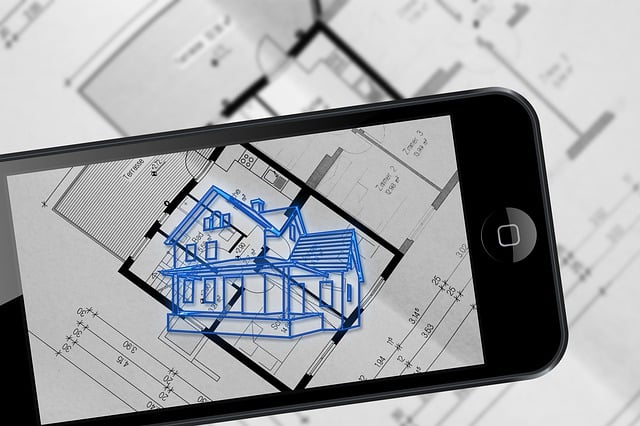
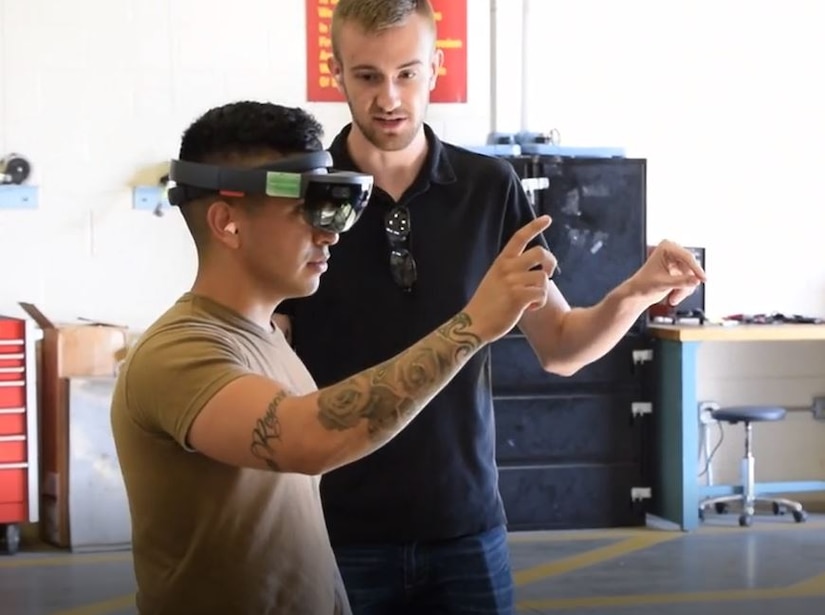 In addition, AR has the potential to enhance patient education, enabling individuals to better understand their conditions and treatment options.
In addition, AR has the potential to enhance patient education, enabling individuals to better understand their conditions and treatment options.
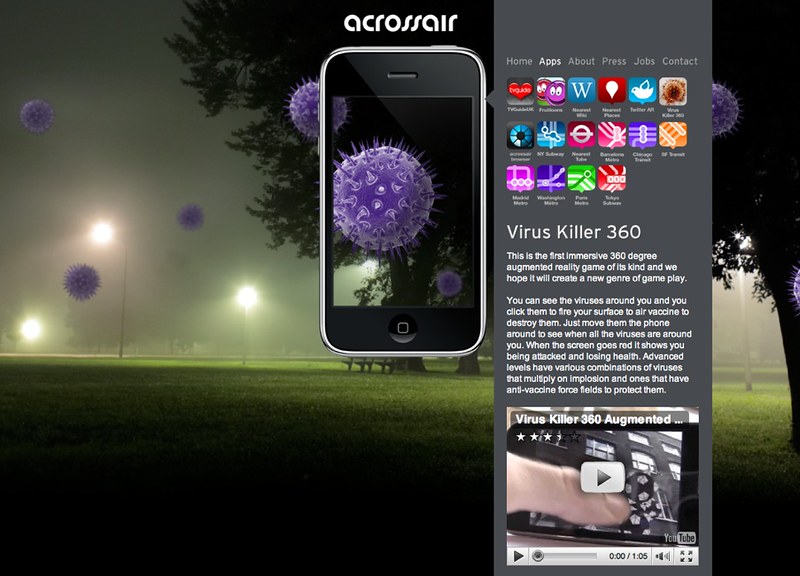 From its social implications to its economic potential, the impact of augmented reality is bound to be immense.
From its social implications to its economic potential, the impact of augmented reality is bound to be immense.
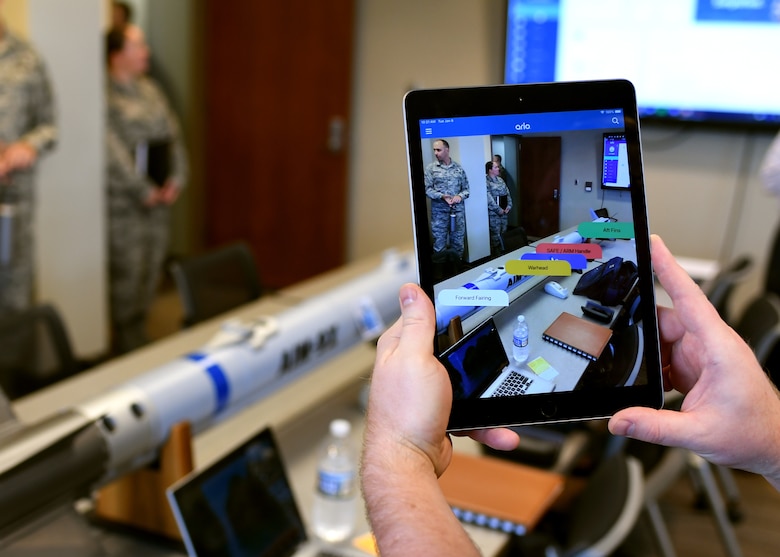
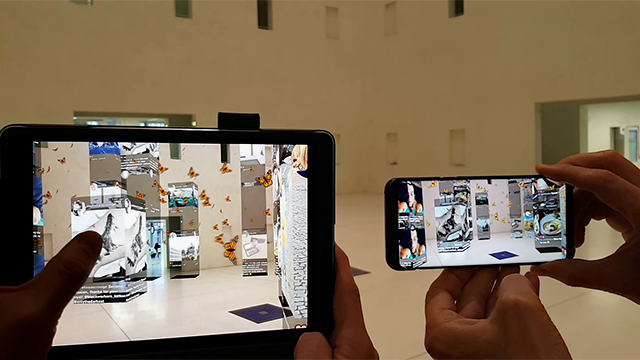
Key Takeaways
- Augmented Reality (AR) is a technology that overlays digital information onto the real world, enhancing the user's perception and interaction with their environment.
- AR has evolved over time, starting from early experiments in the 1960s to the widespread use of AR applications today.
- The key components of AR systems include a display device, tracking and sensing technologies, and software development tools.
- To experience AR, users need hardware such as smartphones, tablets, or dedicated AR headsets, along with compatible software applications.
The Definition of Augmented Reality
You can think of augmented reality as a technology that enhances your perception of the world around you. It combines the real world with virtual elements, allowing you to interact with digital content in a seamless way. Augmented reality, often abbreviated as AR, is a technology that overlays computer-generated images, sounds, or other content onto the real world. It differs from virtual reality, which creates an entirely simulated environment. In augmented reality, the real world remains the primary focus, with virtual elements enhancing and adding to it. This technology works by using sensors, cameras, and algorithms to detect and track the real-world environment. It then superimposes virtual elements onto the user's view, usually through a display device such as a smartphone, tablet, or smart glasses. These virtual elements can be anything from 3D objects, text, or images to interactive animations and games. Augmented reality can be experienced through dedicated AR devices or through mobile apps that utilize the device's camera and display. Overall, augmented reality enhances your perception of reality by blending the physical and digital worlds together. It has numerous applications in various fields such as gaming, education, healthcare, and manufacturing, offering new and exciting ways to interact with information and the environment around you.History and Evolution of Augmented Reality
The history and evolution of AR can be traced back to the 1960s when it was first conceptualized. Augmented reality, or AR, is a technology that combines virtual elements with the real world. Over the years, AR has evolved and advanced alongside other technologies such as virtual reality (VR). As technology progressed, so did the capabilities of AR. In the 1990s, the first commercial applications of AR started to emerge, primarily in the fields of entertainment and gaming. However, it wasn't until the early 2000s that AR truly began to gain traction. With the advent of smartphones and improved computing power, AR became more accessible to everyday users. Companies started developing AR apps and platforms, allowing users to overlay digital information onto their physical surroundings.
As the technology continues to evolve, AR is being used in various industries, including education, healthcare, retail, and manufacturing. With advancements in hardware and software, AR is becoming more immersive and interactive, providing users with a truly transformative experience.
The future of AR holds immense potential for further innovation and integration into our daily lives.
As technology progressed, so did the capabilities of AR. In the 1990s, the first commercial applications of AR started to emerge, primarily in the fields of entertainment and gaming. However, it wasn't until the early 2000s that AR truly began to gain traction. With the advent of smartphones and improved computing power, AR became more accessible to everyday users. Companies started developing AR apps and platforms, allowing users to overlay digital information onto their physical surroundings.
As the technology continues to evolve, AR is being used in various industries, including education, healthcare, retail, and manufacturing. With advancements in hardware and software, AR is becoming more immersive and interactive, providing users with a truly transformative experience.
The future of AR holds immense potential for further innovation and integration into our daily lives.
Key Components of Augmented Reality Systems
Now let's dive into the key components of augmented reality systems. First, you'll need the right hardware to experience AR, such as a smartphone, tablet, or AR glasses. Next, developers play a crucial role in creating the software that brings AR to life, designing interactive and immersive experiences. Lastly, the user experience in AR is paramount, as it needs to be seamless, intuitive, and enhance the real world with virtual elements.Hardware Requirements for AR
To experience augmented reality, you'll need the right hardware. The hardware requirements for AR include:- A smartphone or tablet with a high-resolution display
- A powerful processor
- A camera capable of capturing real-world images
Essential AR Hardware
You'll need a few essential pieces of hardware for augmented reality (AR) to work properly. One of the key components is AR glasses, which are specially designed to overlay digital information onto the real world. These glasses use advanced AR technology to track your movements and display virtual objects in real time.Compatibility and Limitations
Wearing AR glasses, you can experience a seamless blend of the virtual and physical worlds. Augmented reality technology is constantly evolving, and software development plays a crucial role in ensuring compatibility. However, there are limitations to their compatibility with certain devices and applications. Not all devices and applications are designed to work seamlessly with AR glasses. This can be due to differences in software development or hardware requirements. These limitations can limit the full potential of augmented reality experiences.Software Development for AR
Now that you understand how augmented reality works and the hardware requirements involved, let's dive into the world of software development for AR. You'll discover the exciting realm of AR programming languages and the powerful development tools available to create immersive augmented reality experiences.AR Programming Languages
If you want to develop augmented reality experiences, you'll need to familiarize yourself with AR programming languages. These languages are specifically designed to create and manipulate virtual objects in the real world. By using AR programming languages, you can access information and interact with technology in new and innovative ways. Unlike virtual reality, which creates a completely immersive digital environment, augmented reality enhances the real world with virtual objects and information, making it a versatile and exciting technology to work with.AR Development Tools
To develop your AR experiences, you'll need to utilize various development tools. These tools are essential for creating and enhancing AR apps that can be used on a variety of AR devices. Some popular AR development tools include Unity, Vuforia, and ARKit. These tools provide the necessary frameworks, libraries, and APIs to build immersive and interactive AR applications. With the right AR tools, you can unlock the full potential of augmented reality and create compelling experiences for your users.
With the right AR tools, you can unlock the full potential of augmented reality and create compelling experiences for your users.
User Experience in AR
When it comes to user experience in AR, you can expect to have your real-world interactions enhanced and your visual experiences taken to a whole new level. With AR technology, you can seamlessly blend digital content with the physical world, creating an immersive and interactive environment. Whether it's exploring virtual landscapes or accessing information in real-time, AR offers a user experience that's both captivating and innovative.Enhancing Real-World Interactions
You can enhance your real-world interactions by using augmented reality technology. With augmented reality, you can seamlessly blend digital content into your physical environment, creating immersive and interactive experiences. This technology allows for a more intuitive and natural way of interacting with digital information, enabling you to engage with your surroundings in a whole new way.Immersive Visual Experiences
Immersive visual experiences can transport you to another world, allowing you to escape reality and engage with digital content in a whole new way. Augmented reality (AR) is the technology behind these experiences, blending virtual elements with the real world. Through powerful algorithms and visualizations, AR overlays digital information onto your physical surroundings, creating a mixed reality where the boundaries between real and virtual are blurred. It's an exciting way to interact with the digital realm and explore endless possibilities.
How Augmented Reality Overlays Digital Information Onto the Real World
Augmented reality uses computer-generated images to overlay digital information onto the real world, enhancing your perception of your surroundings. It offers a unique and interactive way to experience the world around you. Through the use of specialized devices like smartphones or smart glasses, augmented reality seamlessly integrates virtual elements into your real-world environment. So, how does it work? Augmented reality works by using sensors and algorithms to track your position and orientation in real time. This allows the system to accurately place virtual objects or information onto the real world. By using cameras and sensors, the system can understand the environment and overlay digital information accordingly. For example, you can use augmented reality to visualize furniture in your living room before making a purchase, or to get real-time directions displayed on your smart glasses while walking in a new city. The digital information overlays are designed to blend seamlessly with your real-world surroundings, creating a truly immersive experience. Whether it's displaying information about nearby landmarks or enhancing your gaming experience, augmented reality brings a whole new layer of interaction to the real world. It has the potential to revolutionize various industries, from education and healthcare to entertainment and retail.Tracking and Sensing Technologies in Augmented Reality
With the help of sensors and algorithms, tracking and sensing technologies in augmented reality accurately detect your position and orientation, allowing for seamless integration of virtual elements into your real-world environment. These technologies are the backbone of the augmented reality experience, enabling your device to understand and interact with the world around you. Augmented reality utilizes various tracking technologies to determine your precise position in relation to the environment. These tracking systems may include GPS, inertial sensors, or computer vision algorithms. By constantly monitoring your movements and surroundings, these technologies ensure that virtual objects align correctly with the real world. In addition to tracking, sensing technologies play a crucial role in augmented reality. These technologies gather information about your environment, such as the lighting conditions or the presence of physical objects. By analyzing this data, augmented reality systems can adjust virtual elements to seamlessly blend into your surroundings, creating a more immersive and realistic experience. The advancement of tracking and sensing technologies in augmented reality has opened up countless possibilities in various industries. From gaming and entertainment to education and healthcare, this technology has the potential to revolutionize how we interact with digital content in the real world.
Different Types of Augmented Reality Applications
Now let's explore the different types of augmented reality applications. You'll find that AR is used in various fields, including gaming and entertainment, education and training, retail and shopping, healthcare and medicine, and design and architecture. These applications bring a new level of immersion and interaction to these industries, enhancing your experiences and making tasks more efficient and engaging.Gaming and Entertainment
You can experience immersive virtual worlds and interactive gameplay through augmented reality technology. Augmented reality (AR) combines virtual reality (VR) elements with the real world, allowing you to interact with digital objects in your physical environment. This technology has revolutionized the gaming and entertainment industry, providing gamers with a whole new level of experience. With AR, you can transform your living room into a battlefield or turn your backyard into a magical kingdom. Video games have embraced this technology, creating games that seamlessly blend virtual and real-world elements. Whether it's battling virtual creatures in your neighborhood or solving puzzles in your own home, AR games bring a new level of excitement and engagement. The possibilities of AR in entertainment are endless, offering extended reality experiences that blur the lines between the real and virtual worlds.Education and Training
Immerse yourself in a whole new way of learning and training through the use of augmented reality technology. With augmented reality (AR), education and training have taken on a whole new dimension. Through the integration of virtual and augmented reality, learners can now experience a more interactive and immersive environment. Imagine being able to dissect a virtual frog or explore the depths of the ocean from the comfort of your own home. AR technology allows for a hands-on approach, enabling learners to manipulate and interact with virtual objects in real-time. Whether it's learning complex concepts in science or practicing real-life scenarios in medical training, augmented reality has the potential to revolutionize education and training by providing a more engaging and realistic experience.
Whether it's learning complex concepts in science or practicing real-life scenarios in medical training, augmented reality has the potential to revolutionize education and training by providing a more engaging and realistic experience.
Retail and Shopping
Step into a world of endless possibilities as you explore the future of retail and shopping. With the rise of augmented reality (AR), the way we shop for consumer electronics and other products is undergoing a revolutionary transformation. AR technology allows you to experience products in a whole new way, blending virtual elements with the real world. Imagine trying on clothes without actually stepping foot in a fitting room or visualizing how a piece of furniture would look in your living room without ever leaving your home. Augmented reality isn't only changing the way we shop, but also enabling retailers to offer unique and personalized experiences to their customers. By leveraging AR, retailers can create product differentiation and provide immersive shopping experiences that were once unimaginable. Get ready to embark on a retail journey like never before.Healthcare and Medicine
In the world of healthcare and medicine, technology is revolutionizing the way doctors diagnose and treat patients. One significant technological advancement is augmented reality (AR). With AR, doctors can now enhance their medical practices by integrating virtual elements into the real world. Augmented reality in healthcare has the potential to improve patient outcomes and enhance medical training. Using AR, doctors can overlay digital information onto a patient's body, providing a better understanding of complex anatomy and visualizing internal organs in real-time. This technology can also assist surgeons during procedures by displaying vital information, such as patient vitals or surgical plans, in their field of view. Furthermore, AR can be used for medical education, allowing students and healthcare professionals to engage in immersive learning experiences.
With augmented reality, the future of healthcare and medicine looks promising, providing innovative solutions for improved patient care and medical training.
This technology can also assist surgeons during procedures by displaying vital information, such as patient vitals or surgical plans, in their field of view. Furthermore, AR can be used for medical education, allowing students and healthcare professionals to engage in immersive learning experiences.
With augmented reality, the future of healthcare and medicine looks promising, providing innovative solutions for improved patient care and medical training.
Design and Architecture
When it comes to design and architecture, there are various aspects to consider. Whether it's architectural design, urban design, or industrial design, strategic planning plays a crucial role in creating functional and aesthetically pleasing spaces. With the advent of industrial augmented reality, the field of design and architecture has seen significant advancements. By incorporating industrial augmented reality into the design process, architects and designers can visualize and simulate their ideas in a more immersive and interactive manner. This technology allows them to overlay virtual elements onto the real world, helping them make better-informed decisions and improve the overall design process. Industrial augmented reality opens up new possibilities and enhances the efficiency and effectiveness of design and architecture. It enables architects and designers to create virtual walkthroughs of buildings, allowing clients to experience the space before construction begins. It also allows for testing different materials and finishes virtually, saving time and resources.Augmented Reality in Entertainment and Gaming
Now let's dive into the exciting world of augmented reality in entertainment and gaming. Get ready to be blown away by the impact it has on gaming, as it takes your gaming experiences to a whole new level of immersion. From realistic simulations to interactive storytelling, augmented reality is shaping the future of gaming, offering endless possibilities for entertainment and enjoyment.Impact on Gaming
Get ready to level up your gaming experience with augmented reality. It's about to revolutionize the way you play, bringing enhanced gaming experiences and immersive gameplay possibilities right to your fingertips. Say goodbye to traditional gaming and get ready for a whole new world of excitement and adventure.
Say goodbye to traditional gaming and get ready for a whole new world of excitement and adventure.
Enhanced Gaming Experiences
You can level up your gaming experiences with augmented reality technology. By blending virtual reality with real-world elements, augmented reality (AR) creates immersive gaming environments like never before. With AR, you can interact with digital objects in your physical space, bringing your favorite games to life. Whether it's battling virtual monsters in your living room or solving puzzles in an artificial reality, AR apps revolutionize the way you play games, making them more exciting and engaging.Immersive Gameplay Possibilities
Immersive gameplay possibilities await as you step into a world where digital and physical realities merge seamlessly. With augmented reality (AR) and virtual reality (VR) technologies, gaming has transformed into a truly interactive experience. Engage in immersive gameplay, where your surroundings blend with fantastical virtual elements, creating an unparalleled level of immersion. From exploring virtual worlds to experiencing real-time gameplay interactions, AR and VR have revolutionized the gaming industry, offering endless possibilities for gamers.Immersive Entertainment Experiences
There's no denying that immersive entertainment experiences are taking the world by storm. Whether it's through augmented reality (AR) or virtual reality (VR) technology, people are seeking out new ways to engage with their favorite movies, games, and more. With AR apps, you can bring virtual objects into the real world, enhancing your surroundings and creating interactive experiences like never before. Imagine walking through your living room and seeing dinosaurs roam around, or playing a game of virtual chess on your coffee table. VR, on the other hand, transports you to entirely new worlds, where you can explore, interact, and even create your own adventures. The possibilities are endless with AR VR technology, and it's clear that immersive entertainment experiences are here to stay.
VR, on the other hand, transports you to entirely new worlds, where you can explore, interact, and even create your own adventures. The possibilities are endless with AR VR technology, and it's clear that immersive entertainment experiences are here to stay.
Future of AR Gaming
Get ready for the future of AR gaming. With advancements in technology, AR is set to revolutionize the world of esports. Imagine being fully immersed in the game, interacting with virtual objects and battling opponents in your own living room. The possibilities are endless, and the social implications of AR gaming are sure to shape the way we play and connect with others in the virtual world.AR in Esports
You can experience the exciting integration of augmented reality in esports. With AR in education and AR apps for Android, virtual augmented reality is revolutionizing the way we play and watch esports. Imagine watching a match and seeing virtual elements overlaid onto the real world, enhancing the gameplay and creating a more immersive experience. AR is taking esports to a whole new level, bringing the action right into your living room. Get ready for the future of gaming!Social Implications of AR
Imagine the impact that AR could have on social interactions and relationships as it becomes more integrated into our daily lives. Augmented reality has the potential to revolutionize the way we connect with others. With AR, you can have virtual meetings with friends from around the world, play games together in a shared virtual space, and even attend events without leaving your home. However, there are also privacy concerns to consider, as AR blurs the line between the digital and physical worlds, raising questions about the boundaries of personal space and information sharing. It's crucial to navigate these social implications carefully to ensure that AR enhances, rather than hinders, our human connections.
Augmented Reality in Education and Training
Now let's explore how augmented reality can revolutionize education and training. With augmented reality, you can experience immersive learning environments and interactive simulations that make complex concepts easier to understand.Benefits of AR in Education
With augmented reality in education, you can easily visualize complex concepts and engage in immersive learning experiences. Augmented reality (AR) has numerous benefits in the field of education. One of the main advantages is that AR allows you to bring virtual objects into the real world, making learning more interactive and engaging. By overlaying digital information onto the physical environment, AR provides contextually relevant content that enhances understanding and retention of knowledge. Furthermore, AR can simulate real-life scenarios, enabling you to practice and apply theoretical concepts in a practical manner. This hands-on approach fosters active learning and problem-solving skills. AR in education also promotes collaboration and teamwork, as students can interact and learn together in a shared augmented environment. Overall, the integration of AR in education opens up new possibilities for dynamic and personalized learning experiences.AR Training Applications
You can easily enhance your training experiences by using AR technology. Augmented reality (AR) training applications have revolutionized the way we learn and develop new skills. With AR, you can immerse yourself in a virtual environment that combines the real world with digital information and objects. AR training applications allow you to interact with virtual objects and receive real-time feedback, making the learning process more engaging and effective. Whether you're training for a new job, learning a new skill, or practicing complex procedures, AR technology provides a hands-on and interactive experience.Augmented Reality in Healthcare and Medicine
Augmented Reality in Healthcare and Medicine has revolutionized the way medical professionals diagnose and treat patients. With AR technology, doctors can visualize and manipulate 3D models of organs and tissues, allowing for more accurate and precise surgeries. In addition, AR has the potential to enhance patient education, enabling individuals to better understand their conditions and treatment options.
In addition, AR has the potential to enhance patient education, enabling individuals to better understand their conditions and treatment options.
Benefits of AR in Healthcare
Augmented reality (AR) offers numerous benefits in the field of healthcare. It has the potential to enhance medical training by providing a more immersive and interactive learning experience. With AR, healthcare professionals can visualize complex medical procedures in real-time, enabling them to practice and refine their skills before performing them on actual patients.Enhancing Medical Training With AR
If you're studying medicine, AR can provide realistic simulations for training purposes. Augmented reality (AR) is revolutionizing medical training by enhancing the learning experience for aspiring medical professionals. With AR, trainees can immerse themselves in virtual scenarios that mimic real-life medical situations, allowing them to practice their skills in a safe and controlled environment.Future Applications in Medicine
You can expect to see augmented reality being used in future medical applications. Researchers are constantly exploring the potential of this technology in the field of medicine and healthcare. Augmented reality has the ability to revolutionize various aspects of healthcare, from diagnosis and treatment to surgical procedures and patient monitoring. With augmented reality, doctors and surgeons can have access to real-time information, overlaying important patient data directly onto their field of view. This can enhance their decision-making process and improve patient outcomes. Additionally, augmented reality can also be used for medical training, allowing students and healthcare professionals to practice complex procedures in a realistic and immersive environment. The future of medicine looks promising with the integration of augmented reality, as it has the potential to transform the way healthcare is delivered and experienced.The Future of Augmented Reality and Its Potential Impact on Society
Get ready, because the future of augmented reality is about to change your world. With the potential to revolutionize how we socialize and interact with our surroundings, AR has the power to transform society as we know it. From its social implications to its economic potential, the impact of augmented reality is bound to be immense.
From its social implications to its economic potential, the impact of augmented reality is bound to be immense.
Social Implications of AR
When it comes to the social implications of AR, there are some important aspects to consider. Privacy concerns with AR have become a pressing issue, as the technology has the potential to gather vast amounts of personal data. Additionally, the ethical implications of AR raise questions about the impact on human interaction and the blurring of virtual and real worlds.Privacy Concerns With AR
With augmented reality, your personal information may be at risk due to privacy concerns. As you wear AR glasses or use AR technology, your actions and interactions in the virtual world can be recorded and potentially accessed by others. This raises concerns about the security of your data and the potential for unauthorized use. Whether it's AR applications tracking your location or capturing sensitive information, it's important to be aware of the privacy risks associated with augmented reality.Ethical Implications of AR
Now let's discuss the ethical implications of augmented reality technology. When using AR, it's important to consider how it can impact privacy, security, and consent. For instance, AR contact lenses could potentially invade someone's privacy by capturing and sharing their personal information. Additionally, the integration of AR and VR technology raises concerns about the blurring of real and virtual worlds, leading to potential psychological effects. It's crucial to navigate these ethical challenges to ensure a positive AR experience for everyone.

